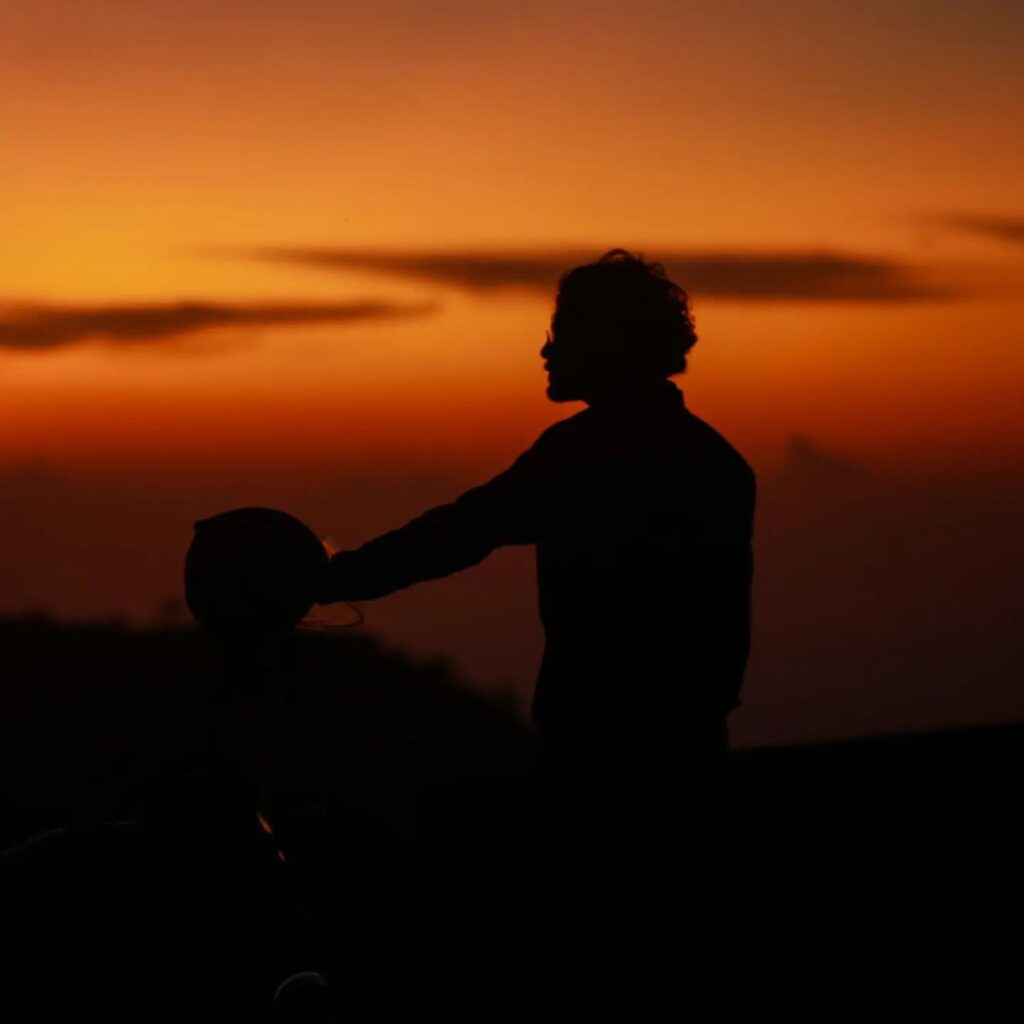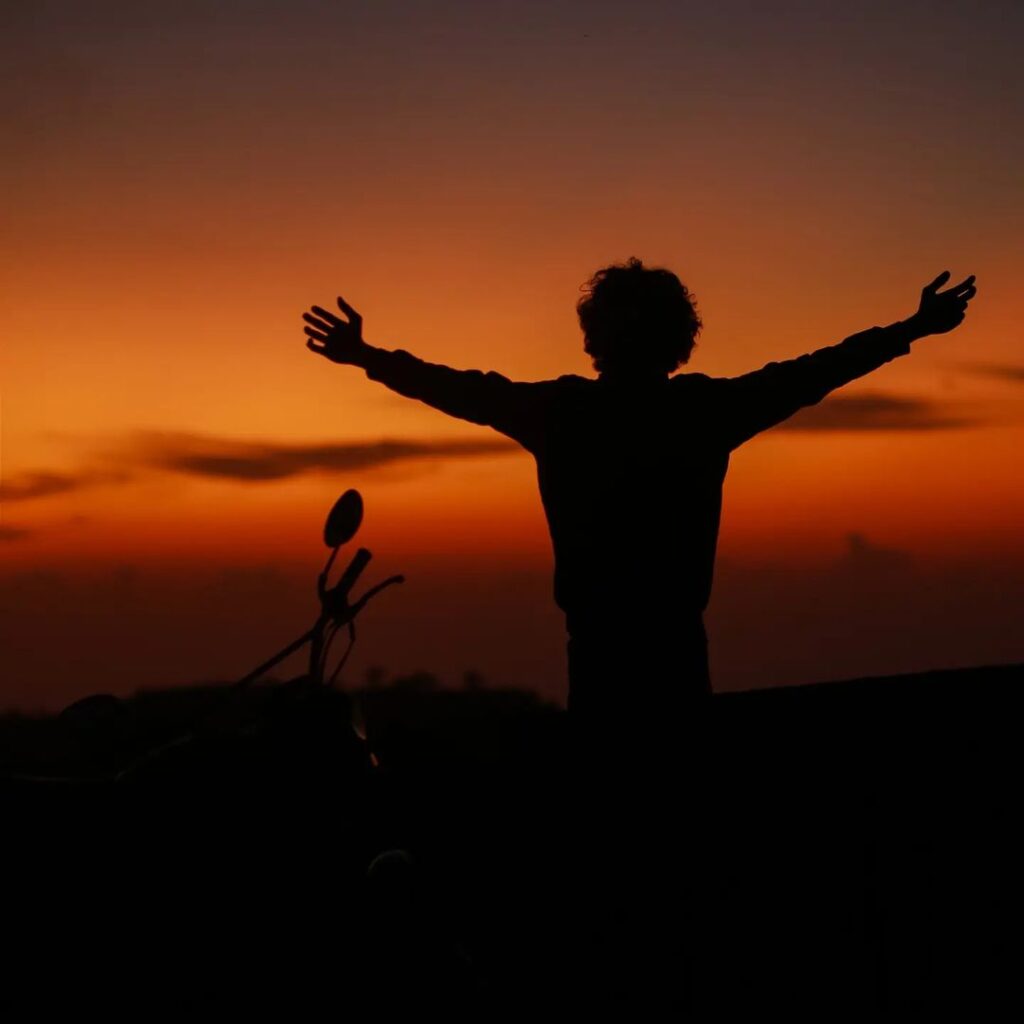Silhouette photography is a captivating technique that involves capturing subjects as dark silhouettes against a bright and vibrant background. By utilizing the contrast between light and shadow, this style of photography creates visually striking images that emphasize the shape, outline, and form of the subject. The simplicity and elegance of silhouettes make them a popular choice among photographers across various genres, including landscapes, portraits, and wildlife photography.




Key Elements of Silhouette Photography:
1. Strong Backlighting: Silhouettes are created by placing the subject between the camera and a strong light source, such as the sun, a window, or artificial lighting. The backlighting floods the frame with brightness, which results in the subject appearing as a dark shape.
2. Subject Placement: Positioning the subject in relation to the light source is crucial. To achieve a clear and recognizable silhouette, the subject should be in front of the light source, blocking it completely. This positioning helps to ensure that the subject is devoid of details and only appears as a dark outline.
3. Proper Exposure: When capturing a silhouette, it is essential to expose for the background rather than the subject. This means metering the light from the background to ensure it is correctly exposed, while intentionally underexposing the subject. Adjusting the exposure compensation or using manual mode can help achieve the desired effect.
4. Distinctive Shapes and Forms: Silhouette photography relies on the unique shapes and forms of the subject to create visual impact. Interesting and recognizable outlines are crucial for creating compelling silhouettes. Subjects with distinct profiles, such as trees, buildings, animals, or people, are particularly well-suited for this technique.
5. Composition: Composition plays a vital role in silhouette photography. Pay attention to the placement and orientation of the subject within the frame. Utilize the rule of thirds, leading lines, and other compositional techniques to create a balanced and visually pleasing image.
6. Contrast and Color: Silhouette photographs often exhibit a stark contrast between the dark subject and the brightly lit background. This contrast adds drama and visual interest to the image. Additionally, capturing vibrant and colorful backgrounds, such as sunsets, can enhance the overall impact of the silhouette.
7. Creativity and Experimentation: Silhouette photography offers ample room for creativity and experimentation. Try different angles, perspectives, and subject placements to create unique and captivating silhouettes. Incorporate elements like reflections, shadows, or objects in the foreground to add depth and interest to the composition.
